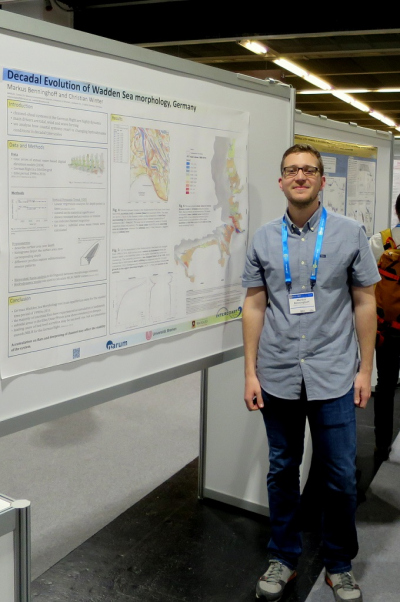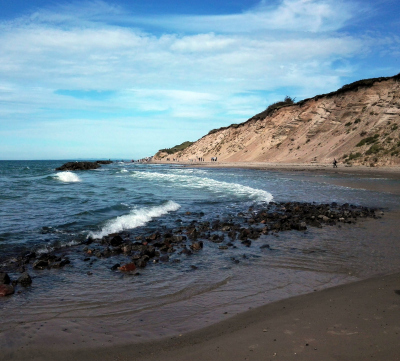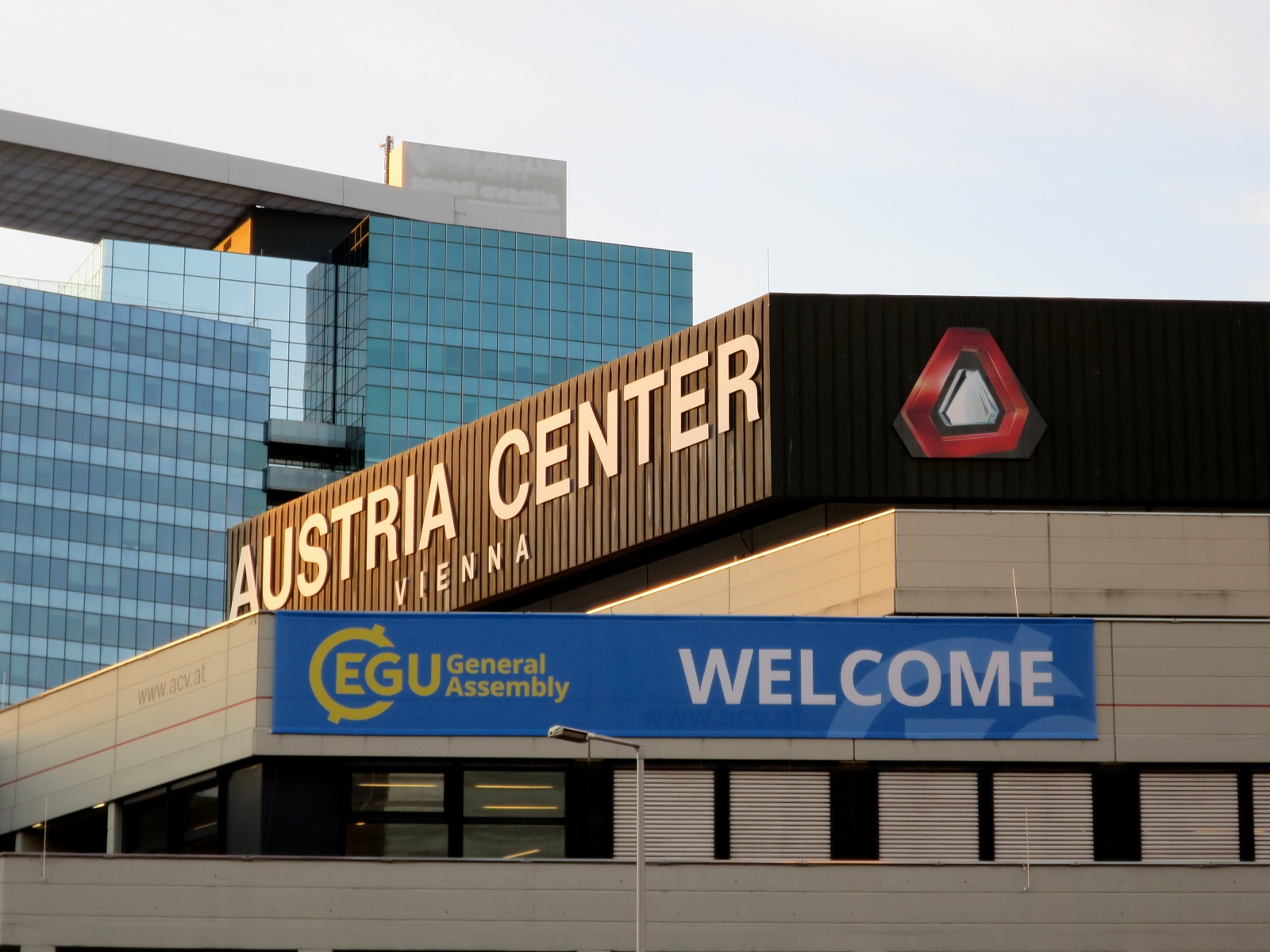- INTERCOAST
- Latest News
- EGU and Coastal Dynamics
EGU and Coastal Dynamics 2017
I focused on sessions fitting the topics of coastal-estuarine geomorphology and numerical modelling. The oral and poster presentations I attended provided beneficial insights in the work of researchers from various universities. The poster sessions were a massive but nonchalant gathering of scientist. Short courses on different methodologies in geosciences will help me enhance my data processing techniques. On several evenings, meetups, organized by session chairs or colleagues, helped to establish contacts and get to know about other institutes.
On Friday, in the very last poster session, I was able to present first results from my studies on the Wadden Sea morphology in the German Bight. It was a lively event and it was possible to discuss my research with numerous visitors. The input I got was essentially positive.

The second conference I attended was the Coastal Dynamics 2017, 12–16 June, in Helsingør. The conference had far less participant (225), but a more specific scientific focus. The town of Helsingør and the venue Kulturværftet, situated on the Danish island Zealand, were a pleasant setting for the conference.

On Monday, the week started with a workshop on coastal adaption due to sea-level rise, with several hands-on examples for the diverse Danish coastline. The workshop was a great opportunity to learn about coastal research and protection measures in Denmark. The workshop was supported by a field excursion to the north of the island (Wednesday), where the different types of coasts were visited.
During the rest of the week, three sessions were held in parallel, with several coffee breaks and a long lunch break.
The relaxed atmosphere was encouraging for social networking and scientific discussions. I was able to present my paper on the decadal evolution of tidal flats and channels in the Outer Weser estuary, which was perfectly fitted in the “Large scale coastal morphology” session on Wednesday afternoon. The oral presentation went very well, as it led to a fruitful discussion with recommendations regarding my further approach.
Overall, both conferences were a unique experience, and a great opportunity to enhance my scientific network and present my current state of research. I am thankful to INTERCOAST and the DFG for the funding and support.



